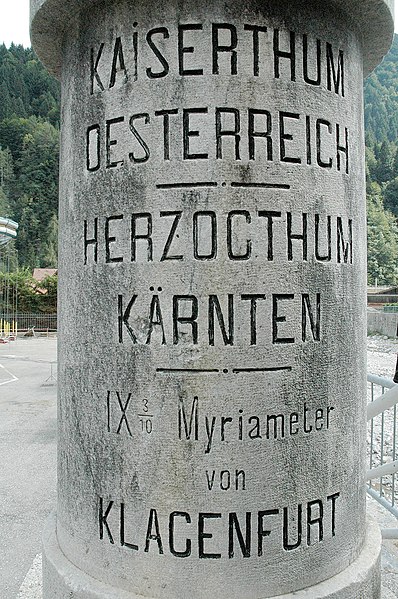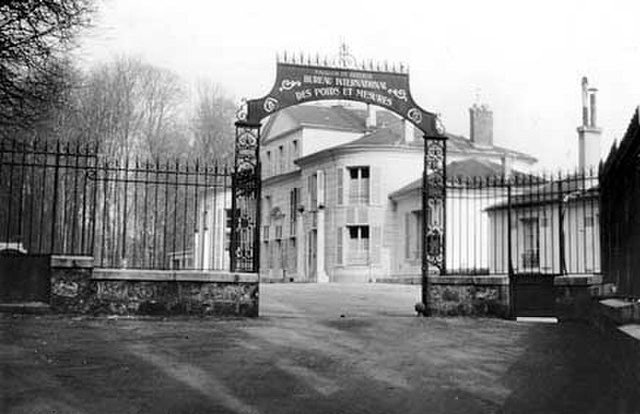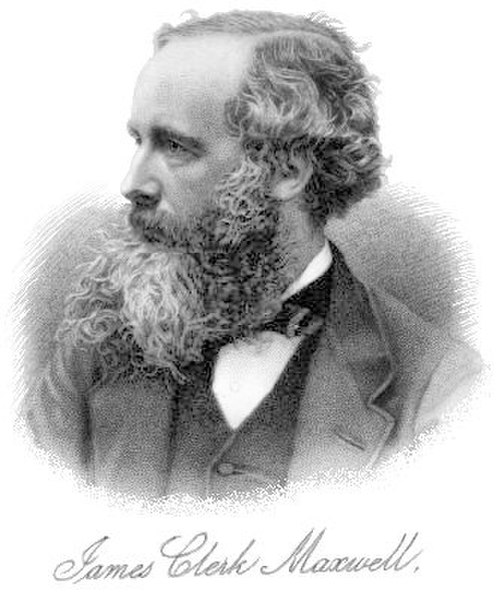Metrication or metrification is the act or process of converting to the metric system of measurement. All over the world, countries have transitioned from local and traditional units of measurement to the metric system. This process began in France during the 1790s, and has persistently advanced over two centuries, accumulating into 95% of the world officially only using the modern metric system. Nonetheless, this also highlights that certain countries and sectors are either still transitioning or have chosen not to fully adopt the metric system.
National Convention decree of April 1795 establishing the metric system
Conversion table in an 1848 German schoolbook showing the metric equivalent of the foot in use in over two dozen countries, including several German states
Johann Jacob Baeyer, founder of the Europäische Gradmessung
Stone marking the Austro-Hungarian/Italian border at Pontebba displaying myriametres (10 km), a unit used in Central Europe in the 19th century
The metric system is a decimal-based system of measurement. The current international standard for the metric system is the International System of Units, in which all units can be expressed in terms of seven base units: the metre, kilogram, second, ampere, kelvin, mole, and candela.
A kilogram mass and three metric measuring devices: a tape measure in centimetres, a thermometer in degrees Celsius, and a multimeter that measures potential in volts, current in amperes and resistance in ohms.
Pavillon de Breteuil, Saint-Cloud, France, the home of the metric system since 1875
James Clerk Maxwell played a major role in developing the concept of a coherent CGS system and in extending the metric system to include electrical units.







